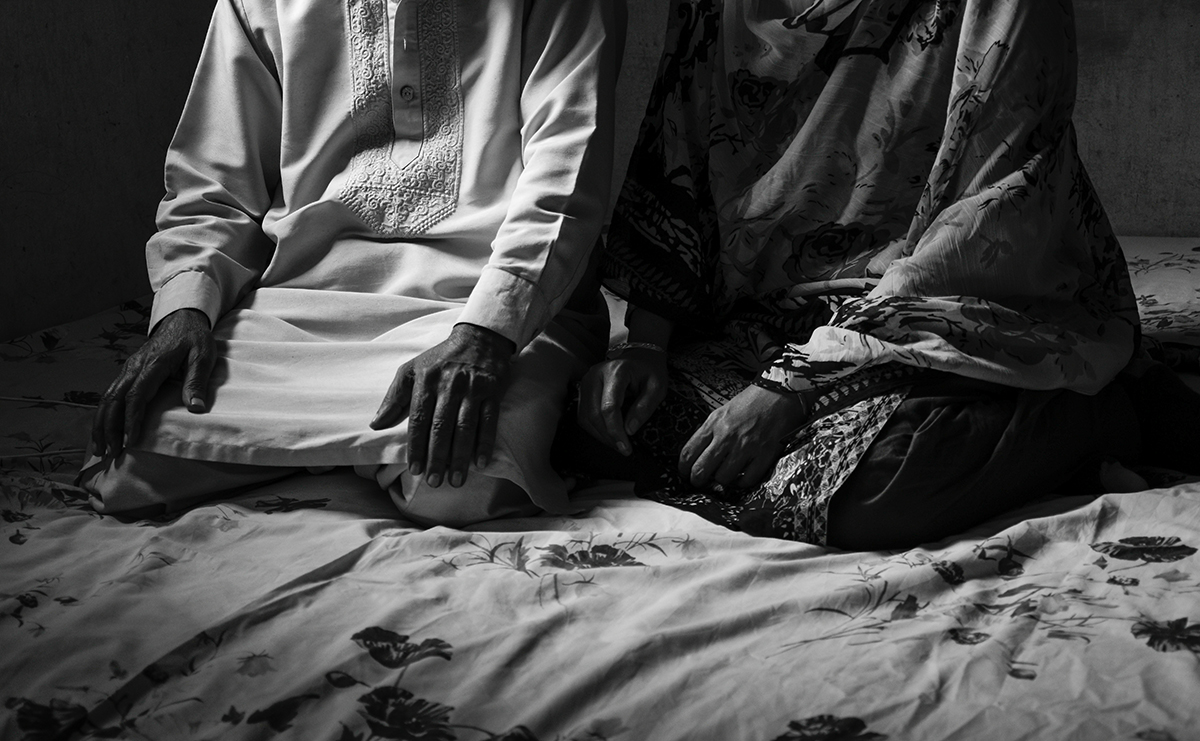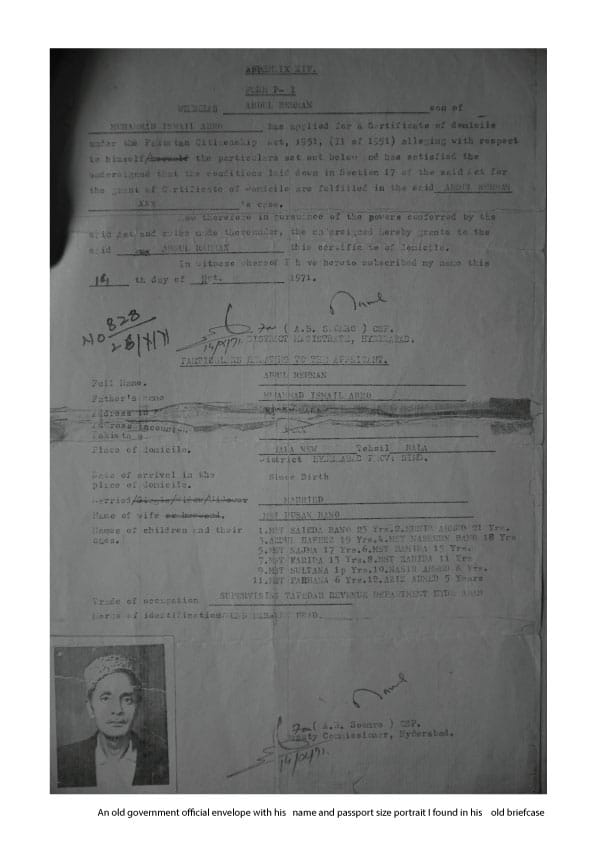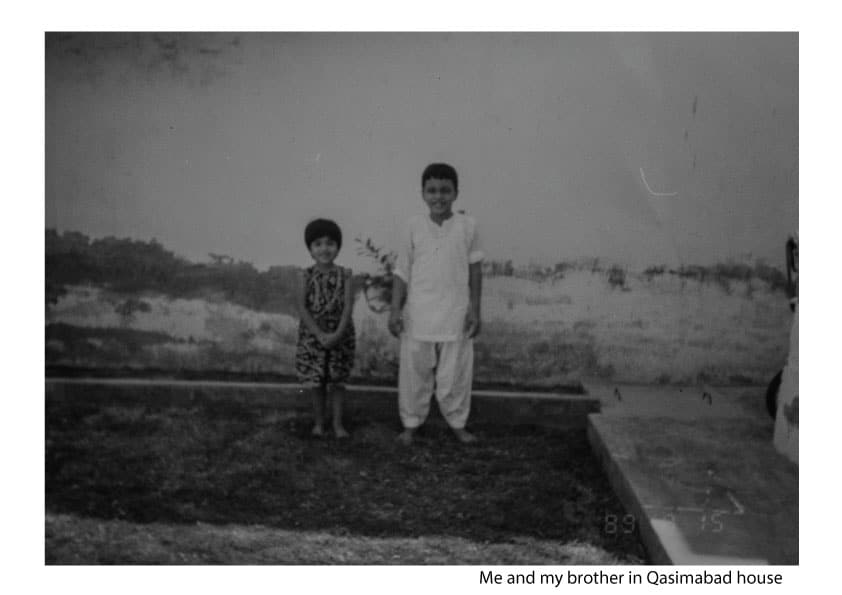Somewhere in Between- Retracing Footsteps To My Forgotten Identity
By Hira Munir
PAKISTAN PHOTO FESTIVAL FELLOWSHIP 2021 PROJECT
I try to understand the link between language and land by understanding the lives of people. The speakers of two main indigenous languages of this land, Urdu and Sindhi.
Project Synopsis:
The world is richer in its hybrids – Aatish Taseer
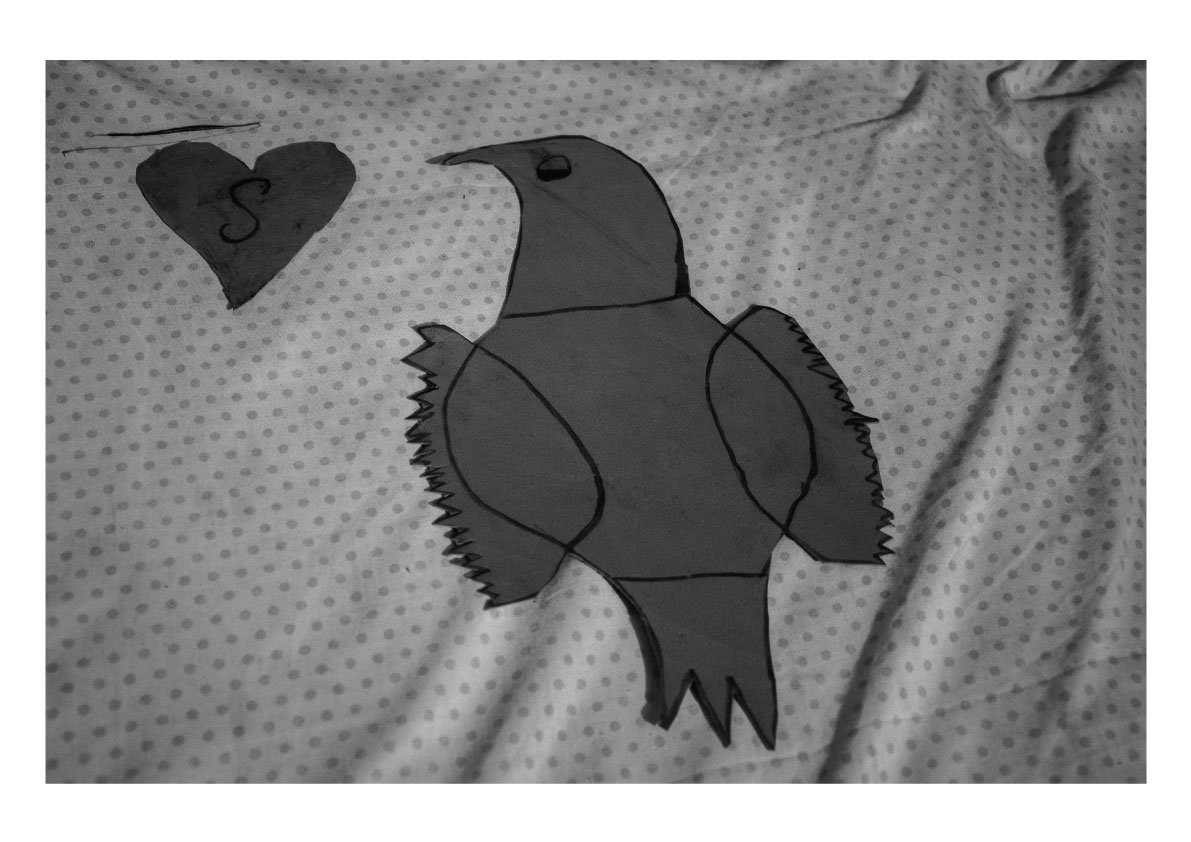
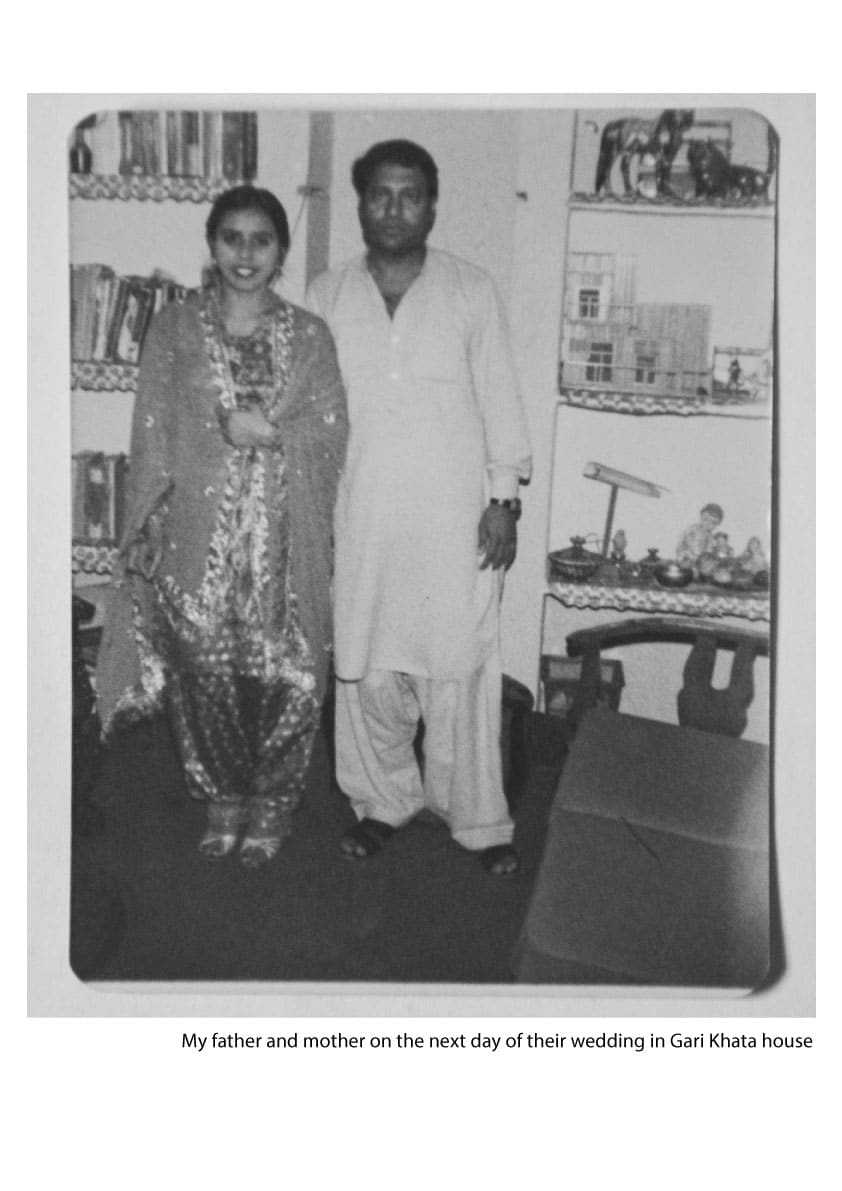
Since childhood, I have been told that I was born on sacred soil, rich in culture, literature, and heritage. But in a new city (Karachi), with a higher literacy rate, and said to be more civilized than the rest of Sindh. I started witnessing the indifferences created based on language and culture.
Born to a Sindhi father and an Urdu-speaking mother, I call myself a hybrid daughter to this land. My family moved to Karachi When I was 7-years-old. This project is all me, tracing footprints of my family, visiting memories, asking questions and searching for answers; only to rediscover my lost roots with this land.
People of the Language
The memories from my childhood narrates that me and my brother were raised as bilingual children. My family from my father’s side is more open to different languages and cultures then the city Karachi where I was raised in, considered to be more diverse and open.
As Rita Kothari beautifully sums up this whole disconnection between me and my roots, and what actually happened in her article, “For this third generation, Sindhiness is a cluster of undesirable traits and the easiest way to distance oneself from them is to refrain from speaking Sindhi – the only historical marker of this linguistic identity.” [The Persistence of Partition- Kothari 2011]
And that’s what I did.
I stopped speaking Sindhi – stepped back and ignored my roots and culture in order to best fit in. Somehow, Urdu stayed alive in our existence as it was a common language spoken among my parents, and Sindhi- it slowly faded away from our present.
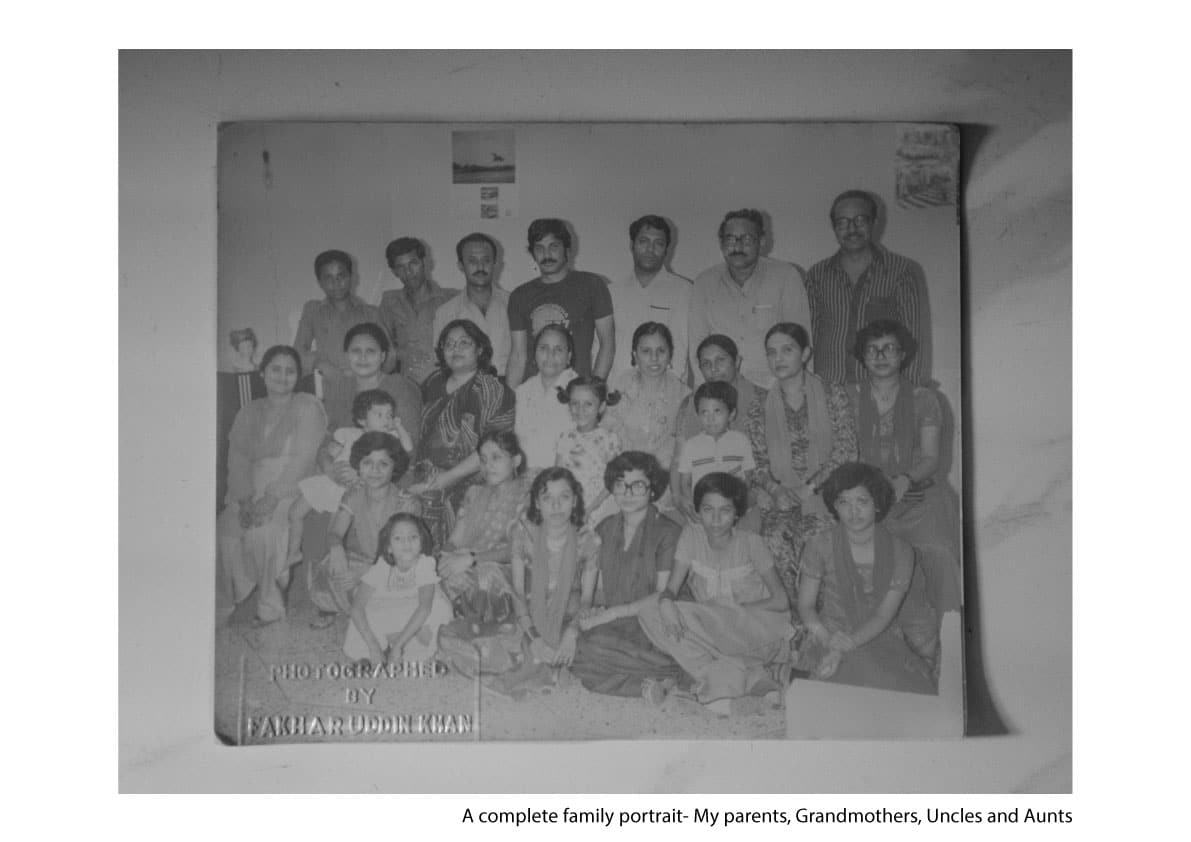
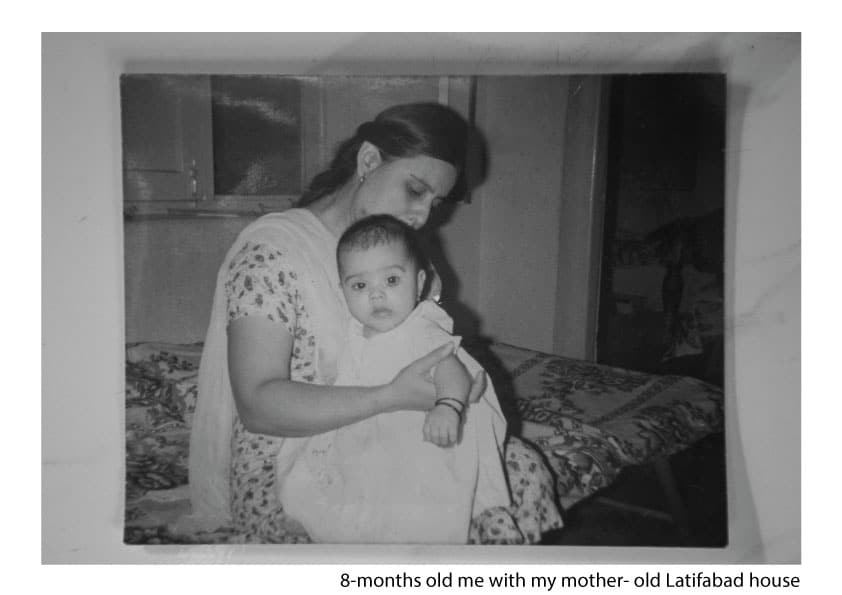
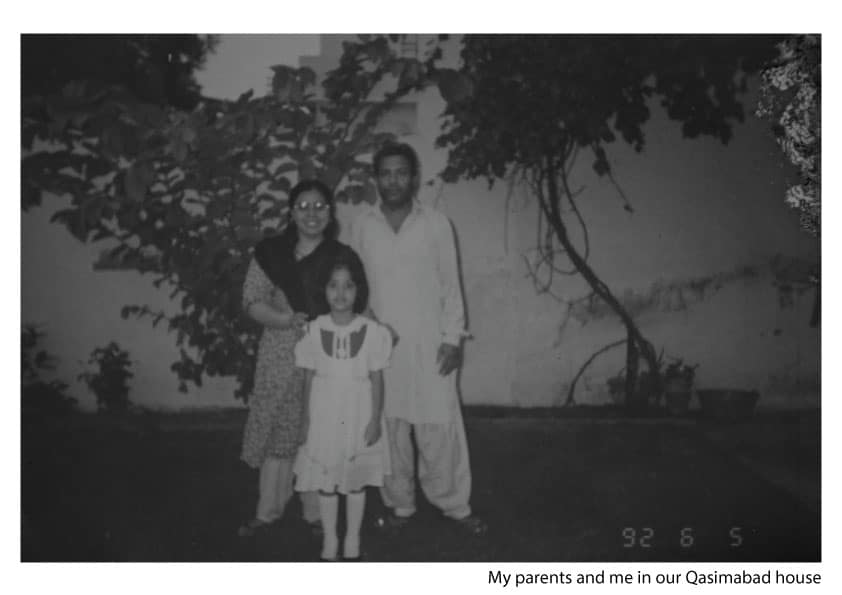
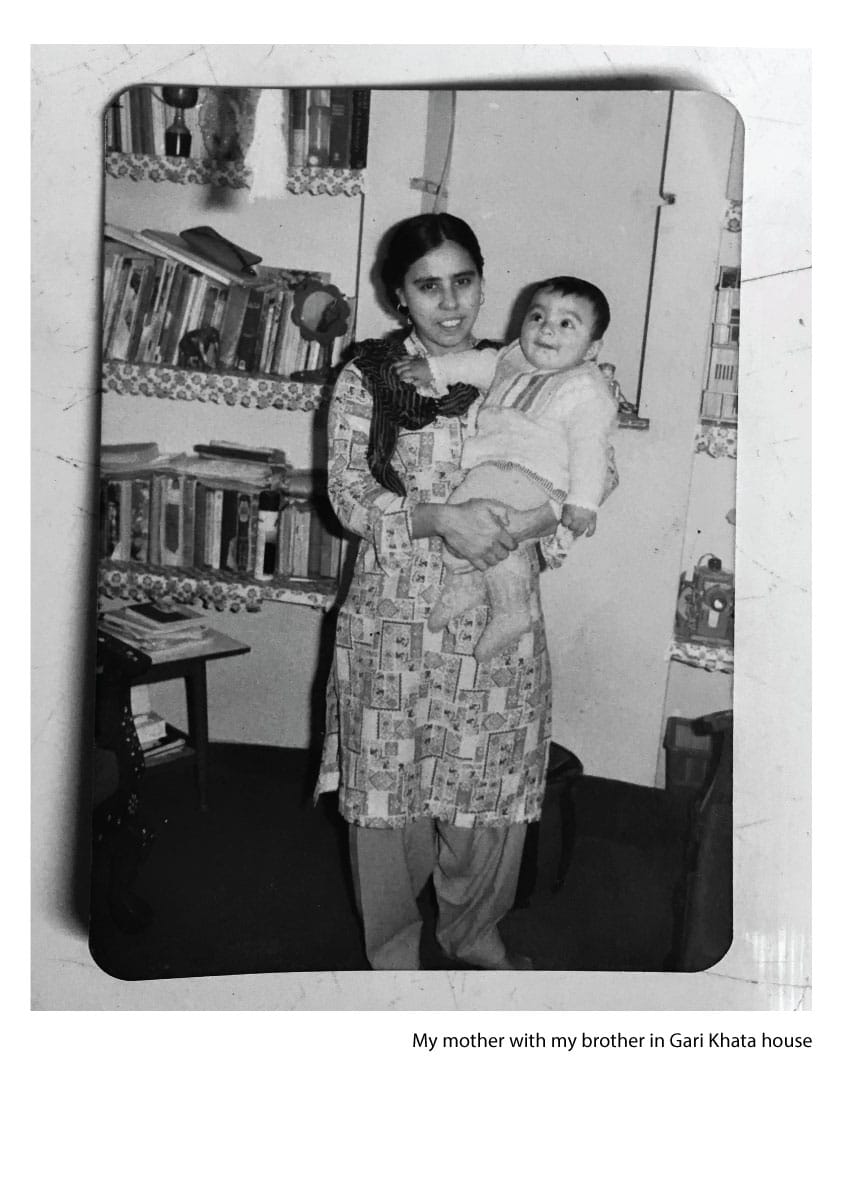
“On the departure of the British, partition of the country and creation of Pakistan, refugees (Muhajir) immigrated here, settled down and have socially adjusted themselves with the local people, so much so that apart from leaving the Sindhi language, there have been many inter-marriages at several levels of society.” [G.M Syed – Sindhudesh]
And my family is one of the examples of the inter-marriage which G.M Syed has mentioned above.
My mother belonged to an Urdu-speaking family, migrated from Delhi (India), and settled in Karachi after partition.
My father was from a Sindhi-speaking family based in Hala, a small town near Hyderabad. He along with his other siblings has been raised in Hyderabad. My father was an advocate by profession. He served as an OSD (Officer on Special Duty) to Prime Minister during Zulfiqar Ali Bhutto’s government.
And while working as a government servant he met my uncle (my mother’s brother) and they became close friends. So, it was all quite normal, a Sindhi speaking coming and hanging out in an Urdu-speaking household. No tug of war on languages or culture whatsoever.
My parents got married in 1980. During that time my father’s home was in Gari Khata mohalla, in the old city of Hyderabad. From there, they moved to Latifabad Unit No.5. And I was born there in 1985.
During my school days, Sindhi-Muhajir clashes were at their peak. In school, I was asked “Who are you” “what is your caste”. In social surroundings, we were discouraged to speak Sindhi, but only Urdu or English. So, I began questioning my identity.
I have witnessed these differences not only socially but in both the paternal and maternal sides of my family as well. So, I started questioning my father what connection do I have with this land? Did this soil, this land always had these indifferences and this war of belonging, when did it begin and why?
My journey started in two directions; one which leads to tracing the footprints of my own family, starting with my birth city- Hyderabad
And second, I try to understand the link between language and land by understanding the lives of people. The speakers of two main indigenous languages of this land, Urdu and Sindhi. Is my connection to this land and with these people is only limited to the language we speak or it goes beyond the significance of languages?
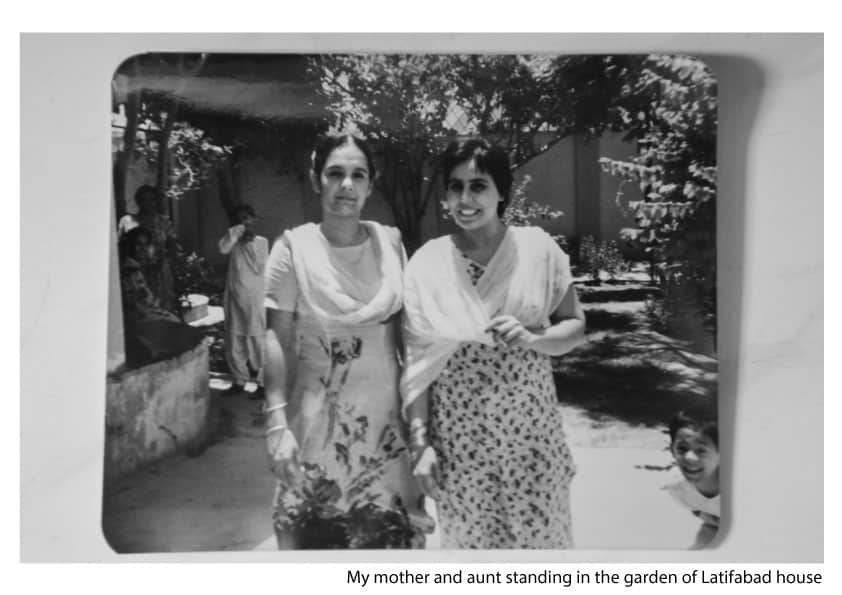
Where I was Born
It is located in Latifabad No.5, close to the river bank. As me and my aunt entered the vicinity, it made me feel like I’m visiting Liaquatabad or any other Urdu-speaking area in Karachi. There was a wall chalking which I couldn’t help but notice. It was not so old and spoke of the unfair division of Hyderabad based on ethnicity and how it is not so welcomed by one of the political parties leads by the Urdu-speaking community.
We tried to trace the landmarks with the help of my aunt’s memories and reached a wide lane, a Chai stall in the corner, a closed office-like building, and a black gate adjacent to it, looking like it would open to a house but there was a school signboard above it.
The door was open and we could hear the enchanting voices of kids inside. It was almost evening and kids were there for tuition after school hours. We stepped in and saw two ladies in their early 40s tutoring the kids. We explained to them why we were here and we just wanted to see the house from inside and take a few photographs for the memory. They refused at first. But then I remembered carrying a digital copy of an old photograph of this house, in which my father and mother along with my aunts and uncle are sitting right on the rounded entrance steps, at the same spot where the teacher was standing holding a book.
We somehow got her to agree on giving us a little tour from inside.
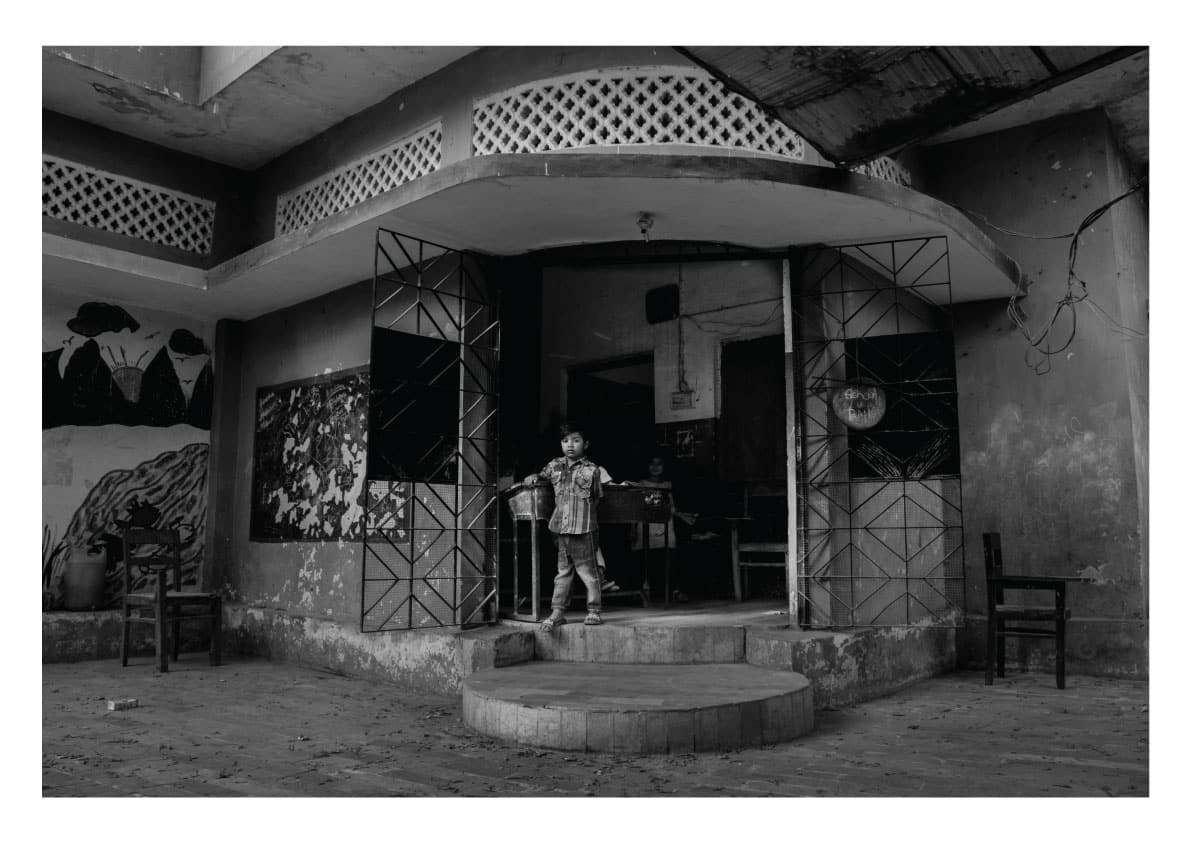
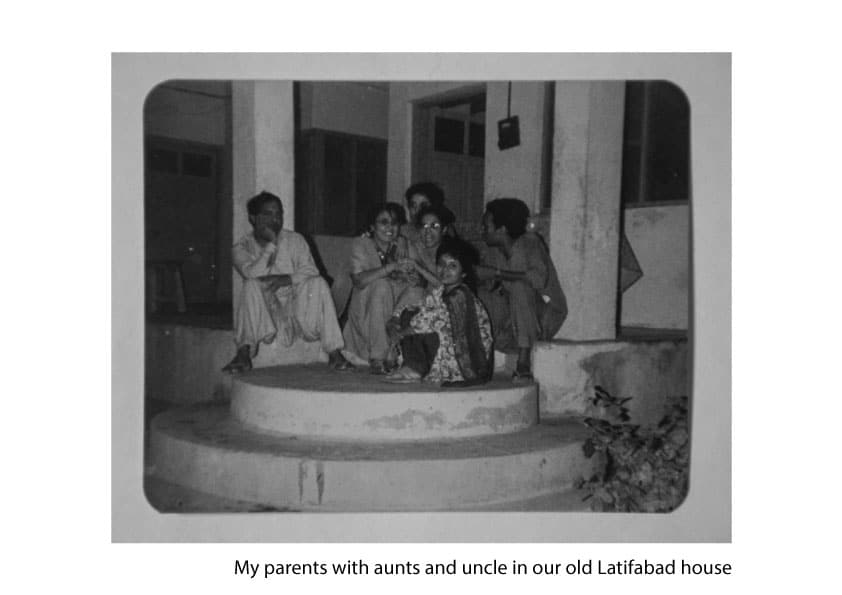
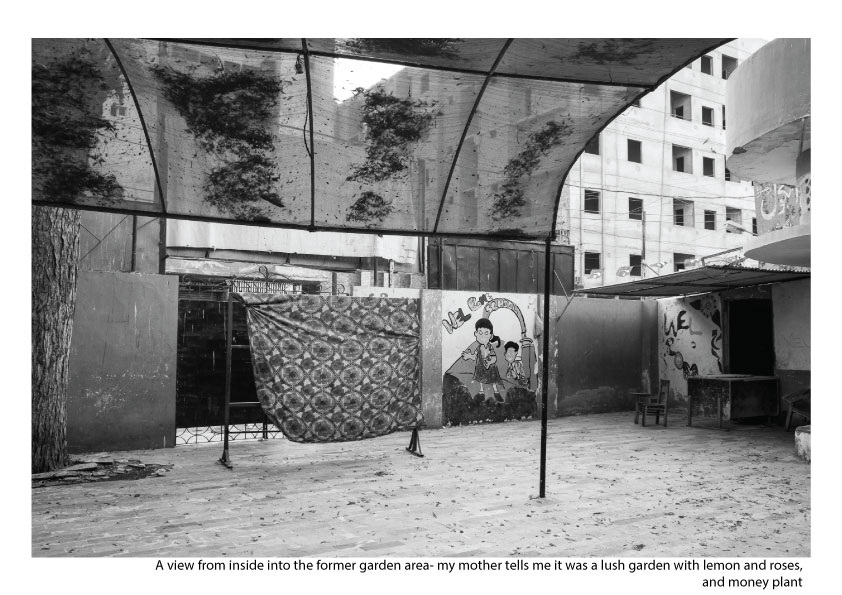
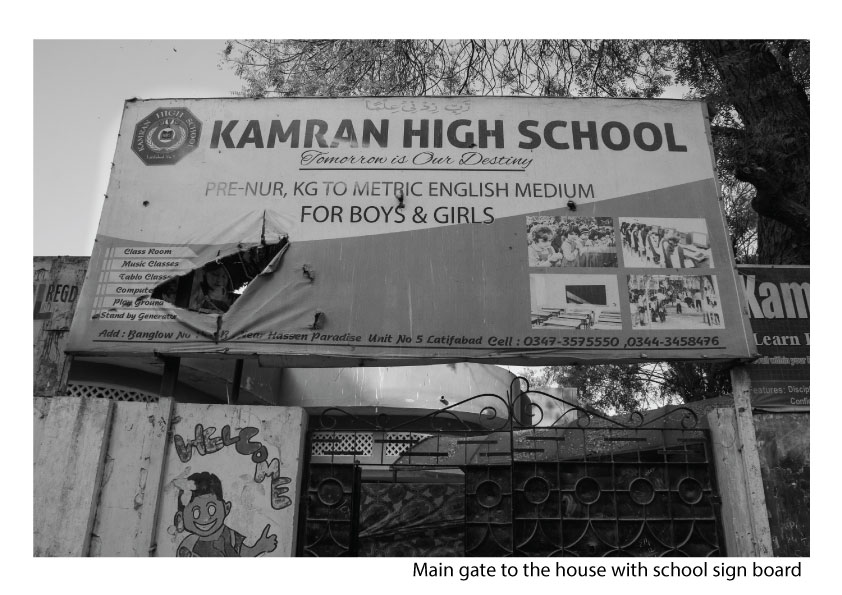
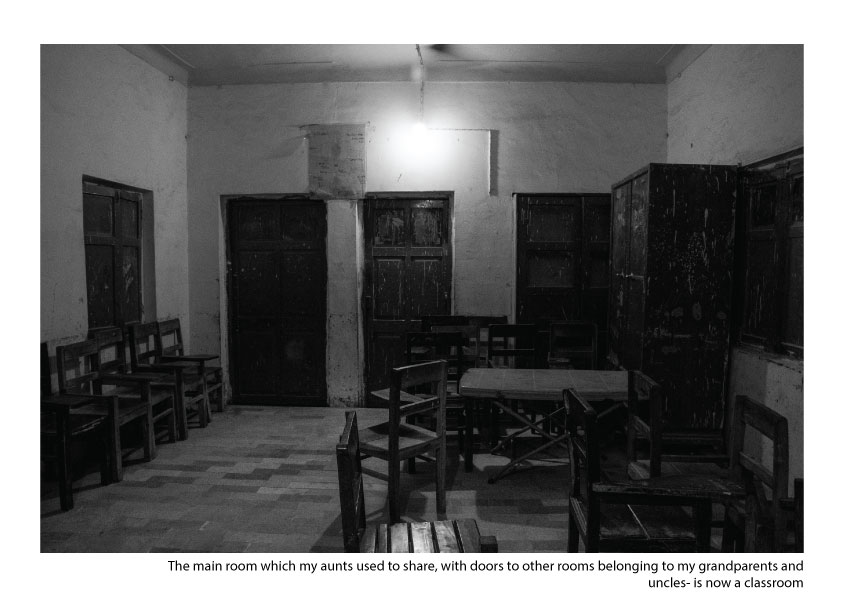
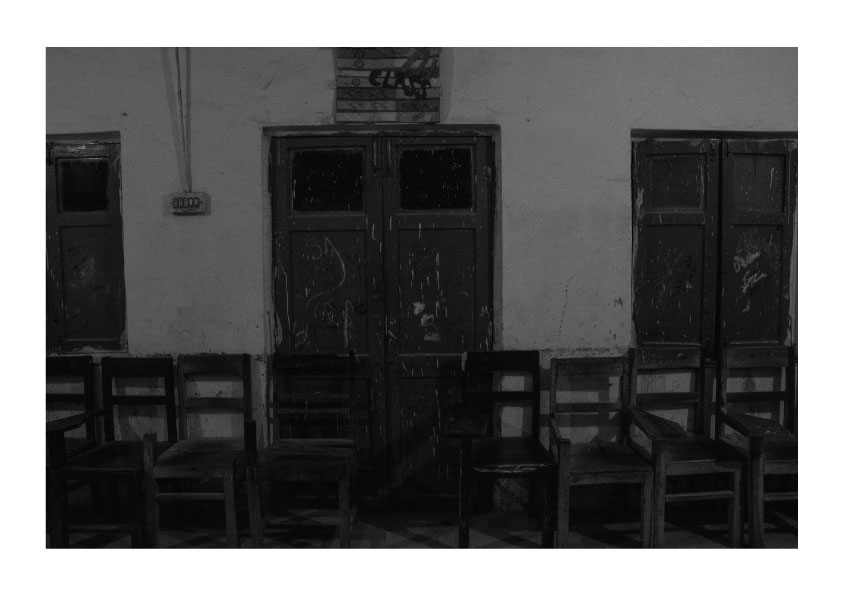
Most of the rooms were locked and there was no light there. The back of the house was inaccessible as well, but to my astonishment, there was enough to spark my aunt’s memory who recalled every detail of their lives in that house and as we walked from room to room. Who slept where, how the stives were placed outside the kitchen where my mother used to cook in summers, and how my brother used to peddle on his tiny bicycle all over the outside corridor. The trees of custard apple, lemon, and papaya covering one side of the house were no longer there. There was a garden in the front, which was replaced by a tiled floor. The stairs leading to the roof were now blocked by rustic furniture and were off-limits.
“The doors and windows are still the same, even the floor inside the rooms is the same. We use to have a garage at the back of the house and a back door. It was a very peaceful time. We use to play and go to schools and colleges from here.”
I noticed irritation and agitation on the faces of those two teachers when my aunt spoke to me in Sindhi particularly. I couldn’t help but notice the disapproval in their gestures and expressions. They even asked me at one point not to take any more pictures of the house from inside. So, I kept my camera away on my shoulder while I tried imagining the better old days, my father, mother, brother and grandparents and the rest of the family had in this very house. I tried listening and absorbing every sight of this house as my aunt kept sharing pieces from her memory. But later, I couldn’t help but wonder, if the reservation was on us visiting suddenly in the middle of the day or the fact that we speak Sindhi!
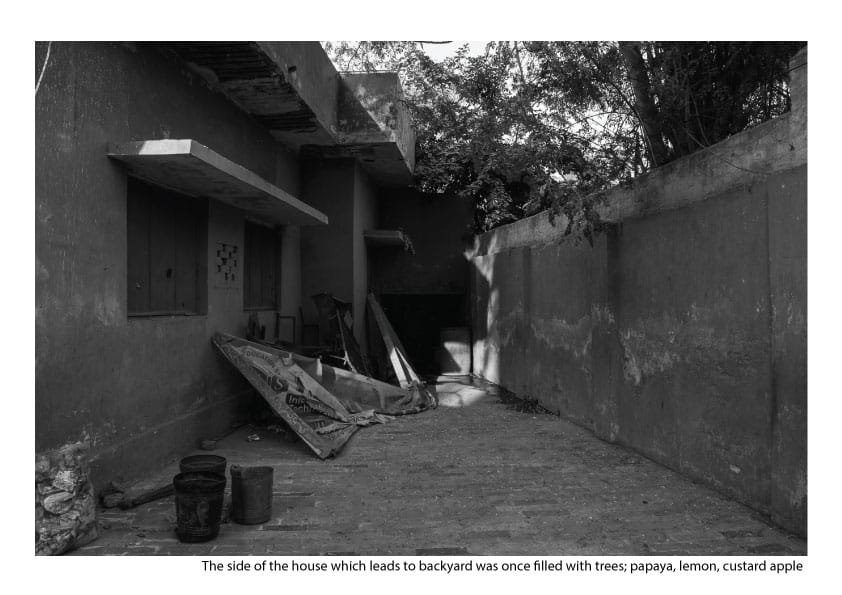
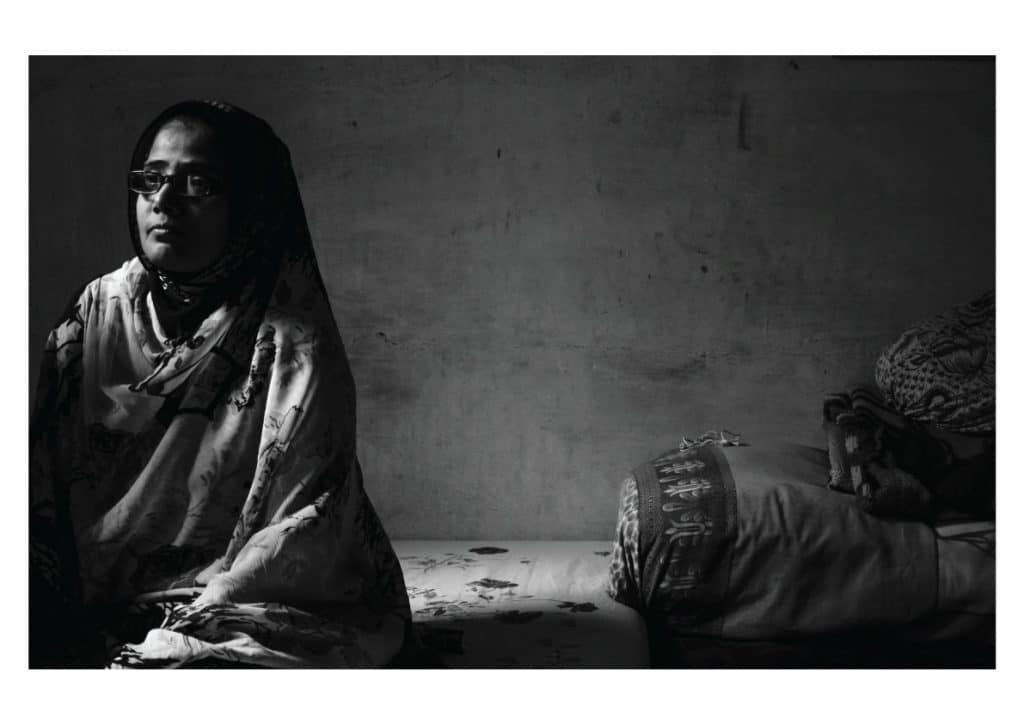
Bano, Nani & Me
As I started questioning my family and other people, I realized I was lost in the debate of political actions resulted in distribution of land and language, but barely anyone understood what I was seeking, including myself. The questions were simple but even I at that time was unable to put them in the light clearly. While I was juggling between thoughts, I decided to sit with random Urdu- speaking families and understand that side of my heritage. My path led me to the people living in the old town of Hyderabad, Pucca Qila (Fort), a post-partition Urdu-speaking settlement.
And there I met Bano…
In my first visit she didn’t say much. When my visits became frequent, Bano let her life float in front of me. It was a breezy afternoon, with the sun slowly taking its turn to set and its light creating dramatic shadows through adjacent houses and the things which caught the light in between. Me and Bano were standing on the roof of her house, when after a little pause she started sharing her story of belonging with me.
She told me about the place where she grew up, not far from here (fort area). Place where both Moharram processions and the urs (death anniversary) of Sufi Saint Khwaja Muin al-Din Chishti, were held with great zeal and respect.
When I told her about me being Sindhi from my father’s side. She told me that there were many Sindhi families living in her childhood area and how they use to eat and play together, just like a family. But now most of their daughters have been married off into the village. Due to the Sindhi-Muhajir conflict, almost everyone has gone back to the village.
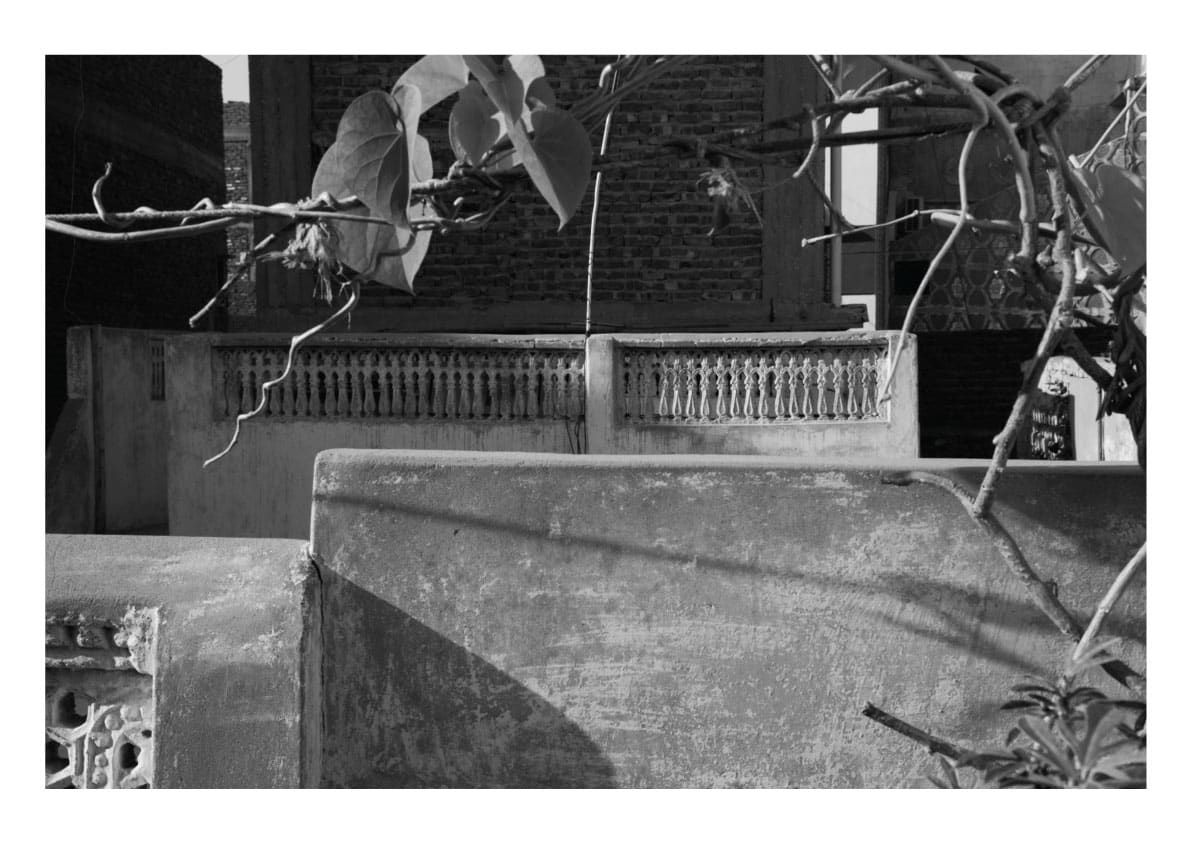
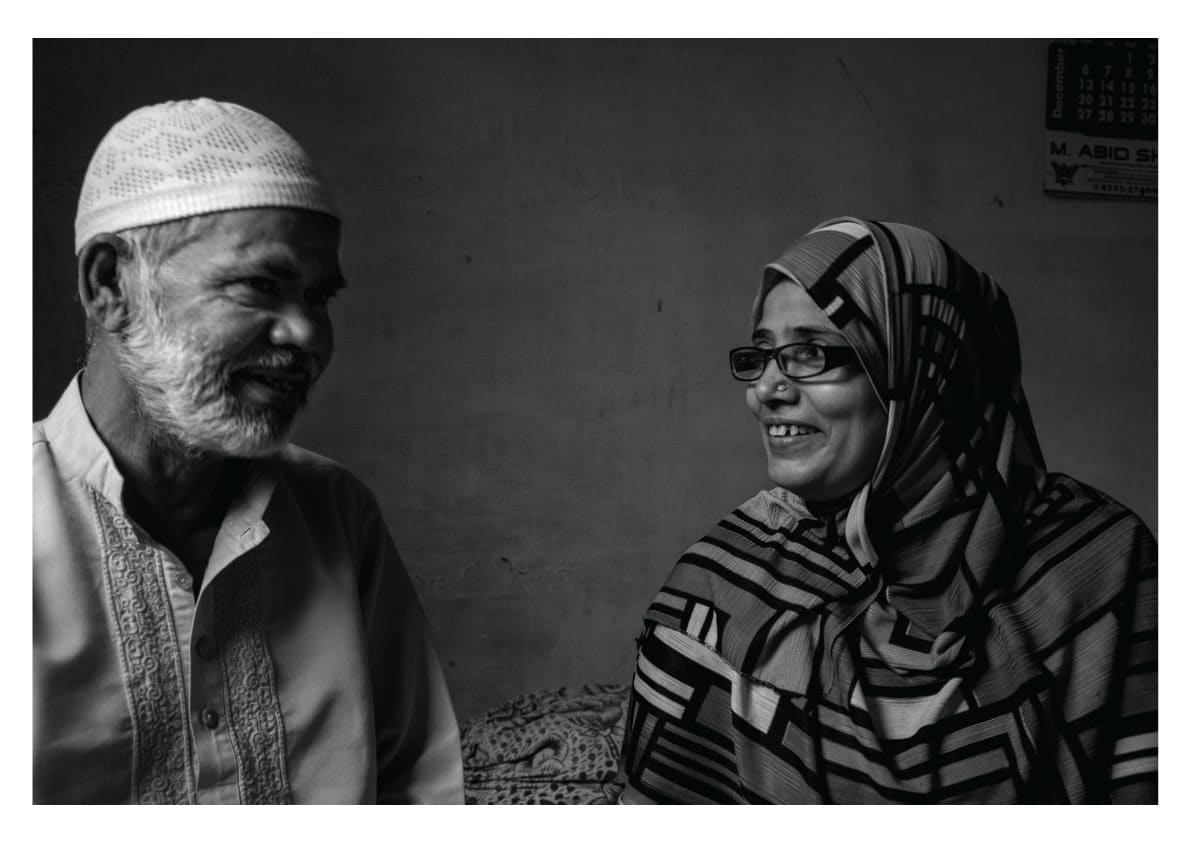
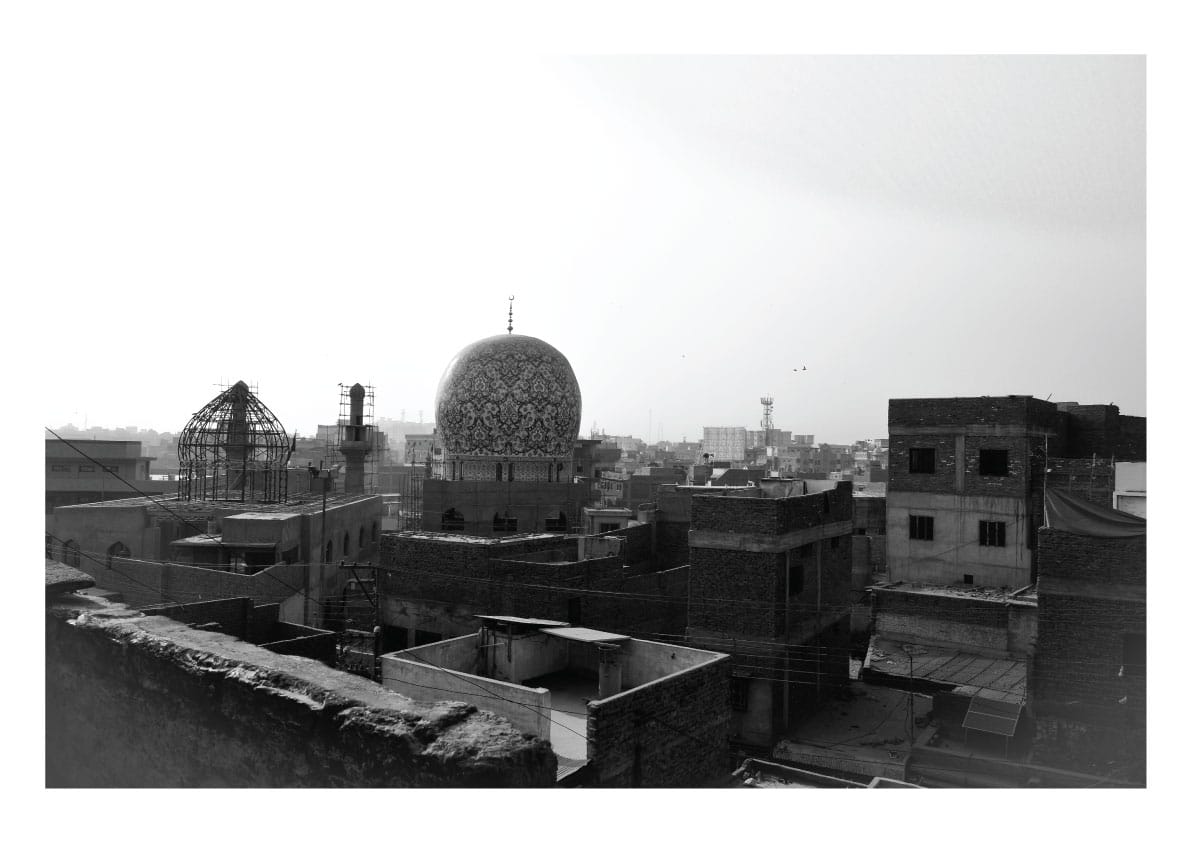
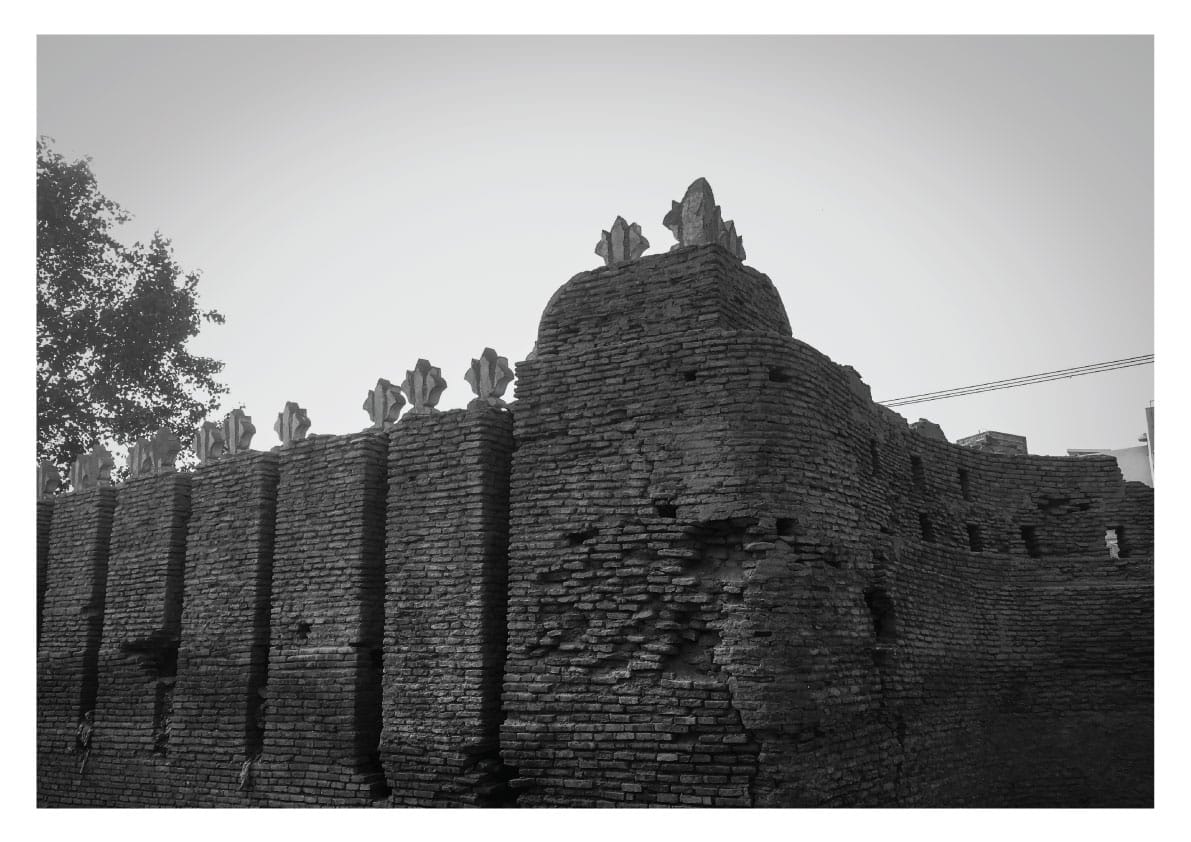
As I spent many afternoons, listening to the memories, stories of their children, and hardships they endured throughout their lives. Gradually, I began to see certain similarities that me and Bano shared in terms of belonging to a particular ethnicity.
One afternoon as I entered their home, Waqar bhai (Bano’s husband) was patting his hand dry with a towel and gestured me to come and sit inside. “You roam around all day; you need to eat. You need to have energy. Come have some food with us…”
As he unfolded a sheet (dastarkhuwan) on the floor, Bano brought me a hot plate of Qorma (chicken stew) made in typical Dehli’s style. The aroma instantly took me back to my grandmother’s kitchen.
I asked her who made this Qorma, she told me that one of her friends who also live in Qila (fort) cooked it for Giyarwee Shareef. She then added, in a hesitant tone, that their limited means have kept them this year from making Qorma (chicken stew) and Kheer (rice custard) on this Urs, instead she has made some poori (fried bread) and aloo tarkari (Potato stew) in celebration.
[In the whole Indian subcontinent, the “urs” or death anniversary of Sufi Saint Sheikh Abdul Qadir Gilani also known as Ghous-e- Azam is called Giyarwee Shareef or honored day among his followers.]
I remember listening to this name, Ghous-e-Azam from my Nani and my mother. My Nani used to make a special meal on Giyarwee Shareef and do Fateha and distribute food among the neighbors and needy people. It was almost like celebrating Eid. We were asked to wear new clothes and the woody-flowery fragrance of Agarbati (incense burner) filled the house.
And now, listening to this name again from Bano makes my heart warm as it brings back the sweet and delicious memories’; my Nani’s kitchen all lit, the aroma of cardamom and spices dancing in the air, and the food cooked with nothing less than love. Qorma (chicken Stew), Kheer (rice custard), Daal ka halwa (lentil’s sweet dish).
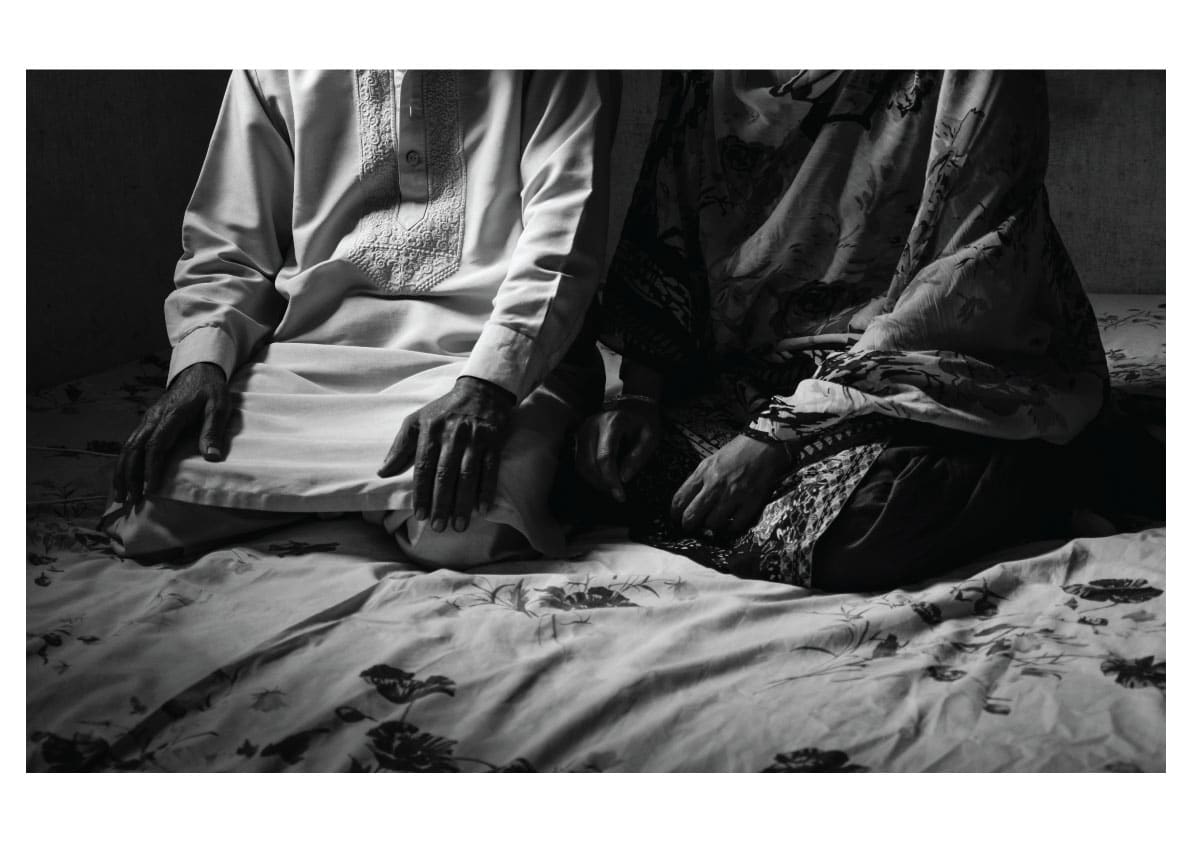
“You remember I told you that we celebrate urs on our Juman Shah’s pir? We use to celebrate Giyarwee Shareef like a festival when I was young back in those days. I learned to cook from my mother. I took admission in a sewing class near my home but my mother fell and broke her arm so I had to learn how to cook. We Urdu-speaking cook everything at home. No matter how many guests you are expecting at home, back in those days, everything was cooked at home. And there was a onetime my mother told me if you want to win your husband’s heart then learn to cook delicious dishes…”
As she paused, there was shyness on her face while she corrected her scarf and looked at her husband who was sitting by the wall and gave a warm smile. She gracefully stood up and went into the kitchen.
Before I could control my nostalgia over the exotic aroma of Qorma, she handed me freshly made hot chapati (bread). I asked her if she also uses a domed pan to cook these chapatis like my Nani and mother. She told me, yes but nowadays she uses a flat pan as well.
That afternoon our conversation took us to the shared food culture between her ancestors and mine. “kya aap mix-sabzi bhi pakati hain?” (Do you also cook mix-vegetable stew)
She laughed and said “Bawli Bhujia- haan humare yahan usko bawli bhujia kehte hain. Sab sabziyan aik saath pakti hain to bawli hojati hain isliye hum bawli bhujia kehte hain usse.” (Yes, we call it Crazy Vegetable mix. When all vegetables are cooked together, they look crazy so we call it crazy vegetable mix- Bawli Bhujia in Urdu)
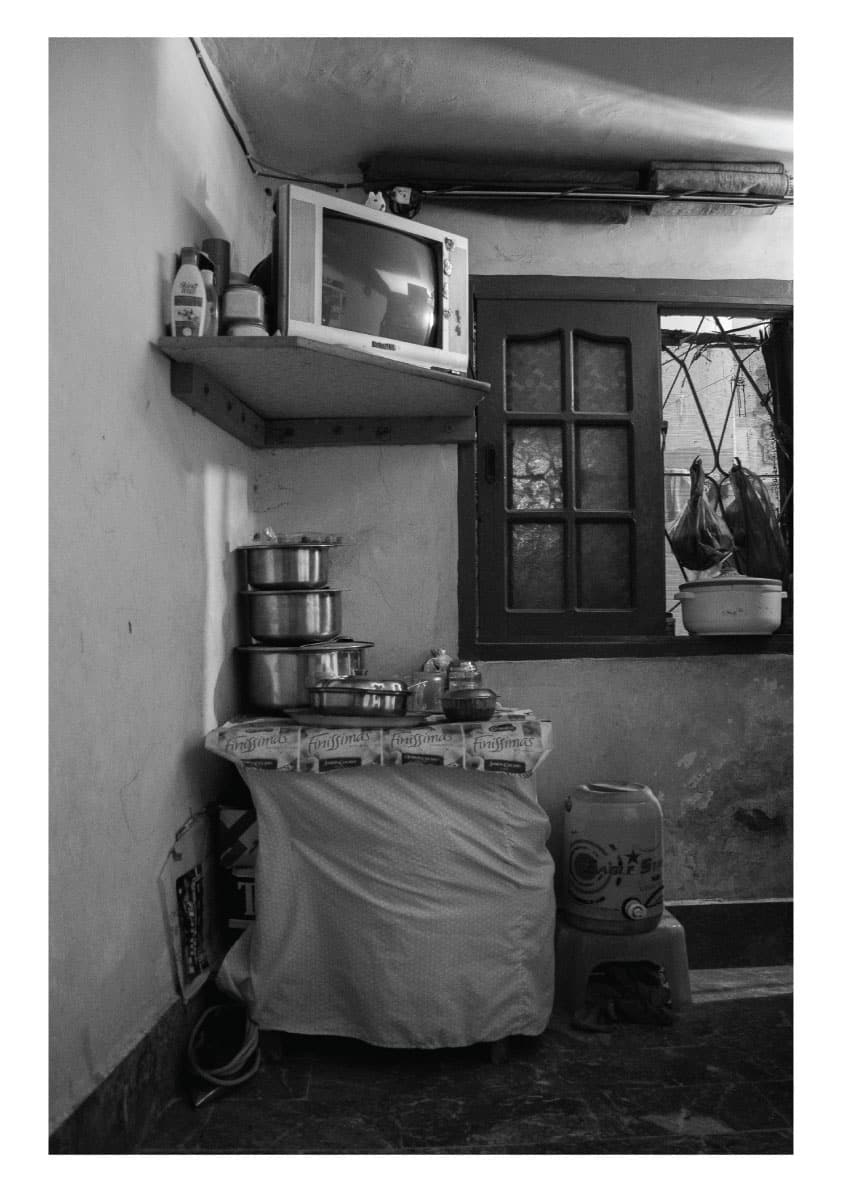

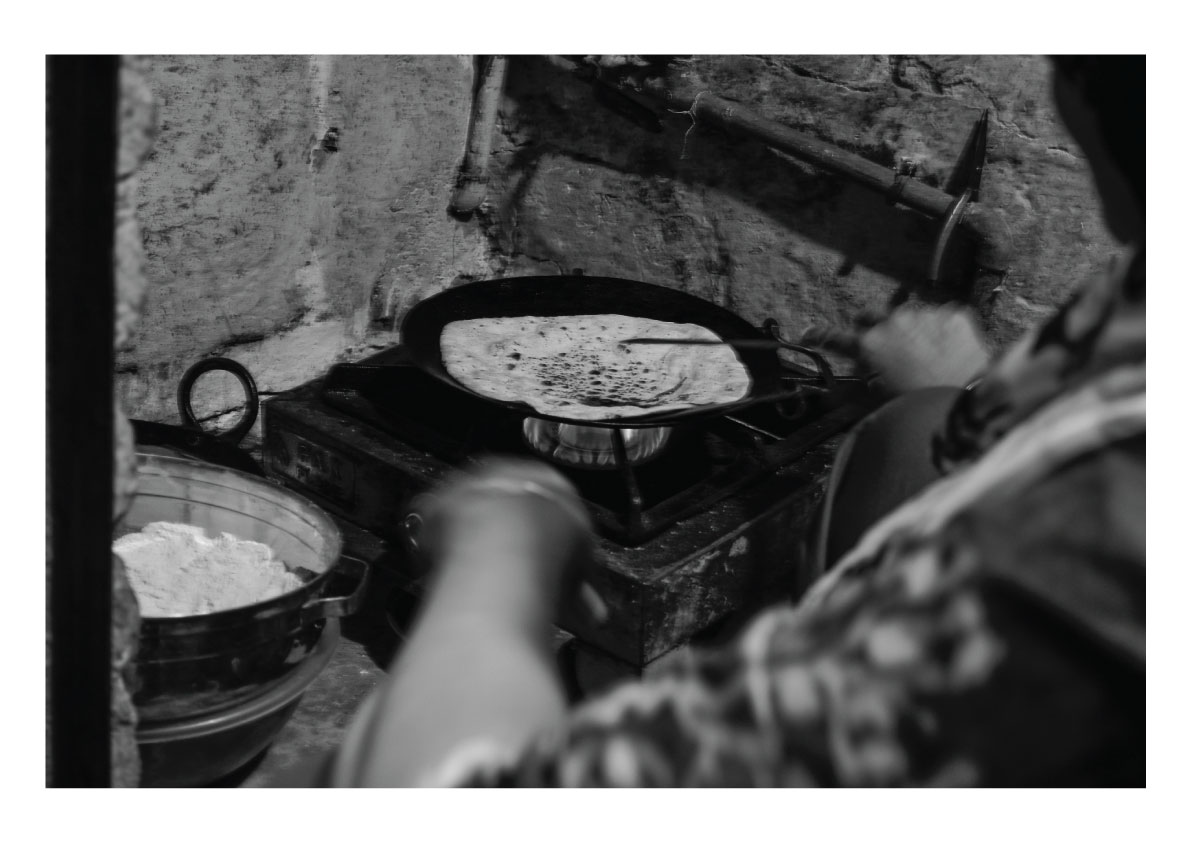
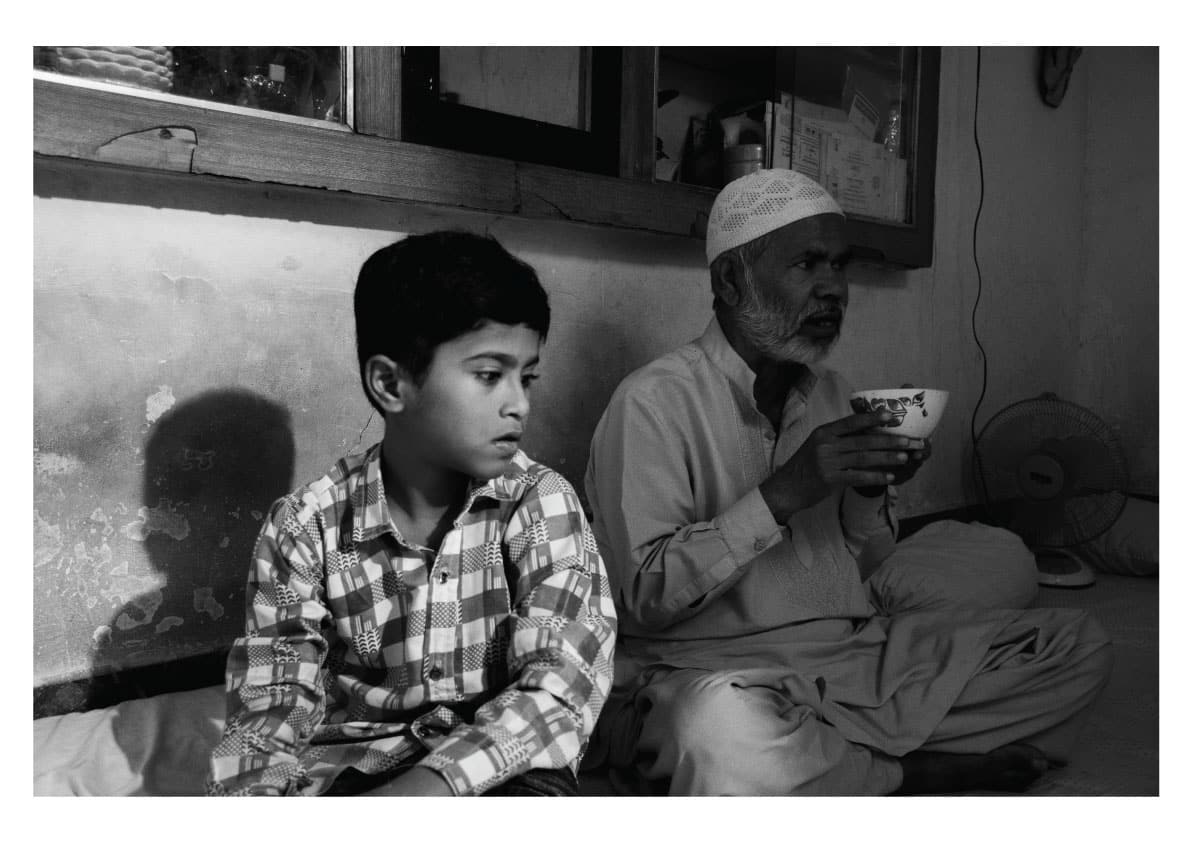
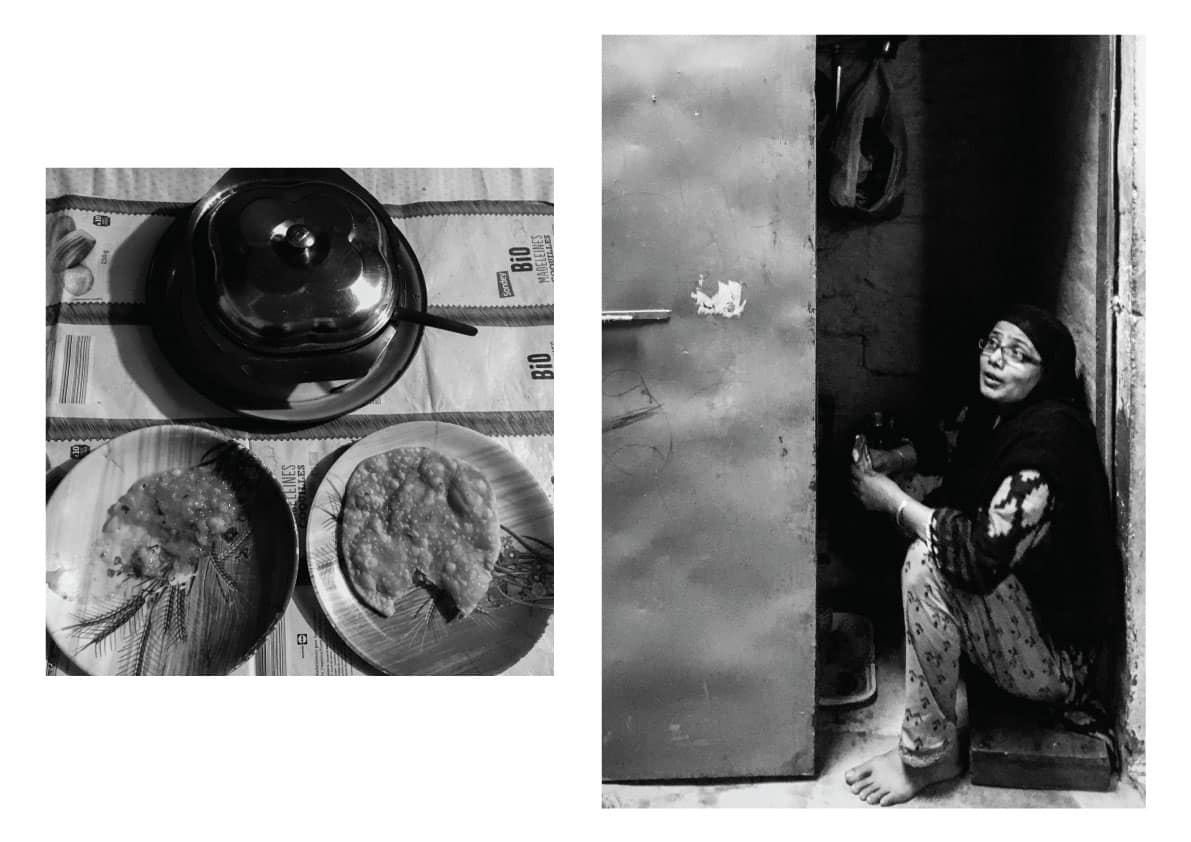
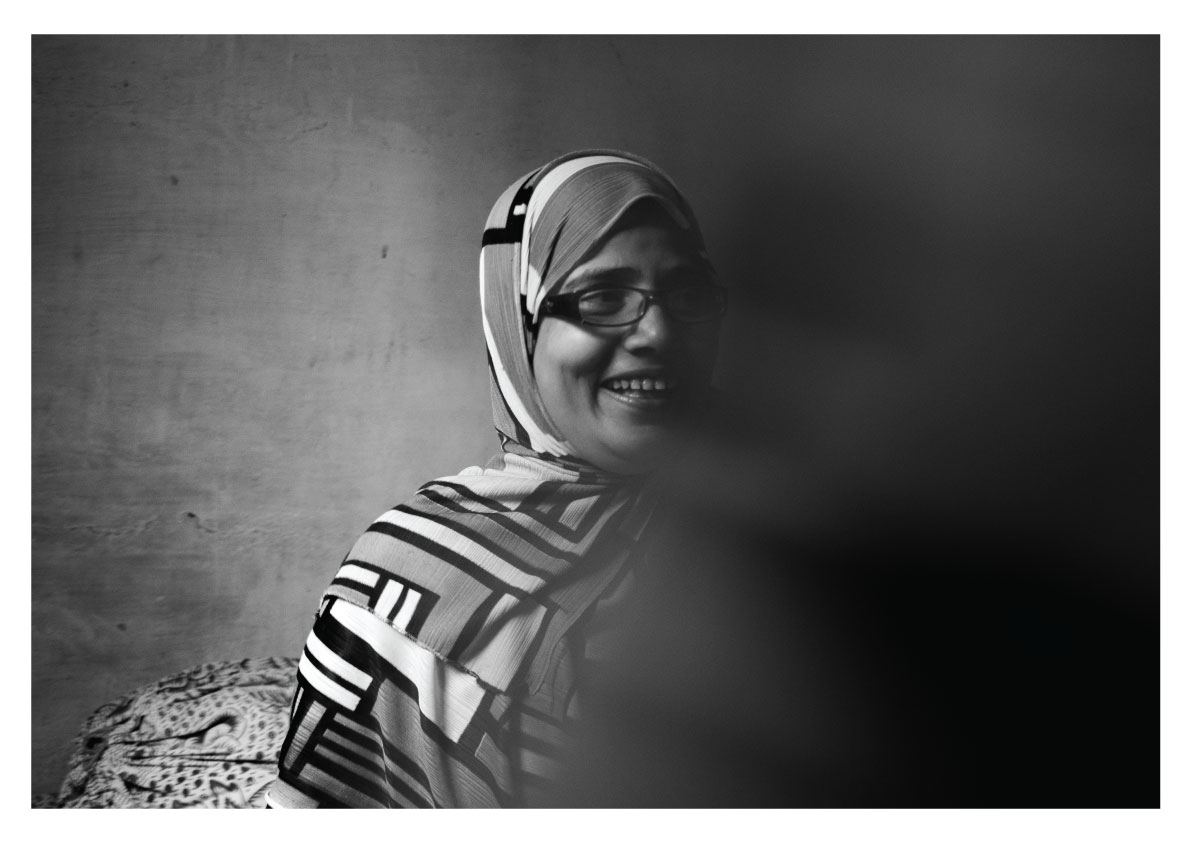
Monologue
When I started this project, I didn’t know where I was headed with all that I sought. All I knew was this would be the long, nerve-wracking task. The photographs, text, everything will be my first of the kind. I come from a family that is not religious in readings and or visual art, so my findings, struggles, and the path are all defined by my exploration.
My father was alive when I under took this project for my fellowship. And the idea of giving my doubts and disconnection a shape of a long-term photo project, came from my years of long conversations and arguments with my father. So, this project became more like a personal journey.
Even if we are unable to speak, we can listen and register most of what is said or spoken. Our senses are very strong and even in the time of our worse illness, our brain does register everything in its consciousness. My father during his last days was unable to speak and had no energy to even listen. But we kept the conversations going; me with very few words and him with silence. I kept him updated about my project and struggles with it. The most he did was nod in acknowledgment, and even that was enough for me. His presence was enough for me to keep going.
Back in the days when I selected this lost identity as my project, I was skeptical because it was not just my journey, but it was OUR journey; my father and mine. Our conversations, his stories, my doubts, and our hybrid living which has led to this. So how come I can do this all myself. With his rapidly deteriorating health, I was unsure of this path but his presence was enough to keep me going, keeping him updated, knowing that he knows and is aware of my progress- it kept me somewhat sane.But 3 months into the project, as the new year dawned, I lost him. The foundation of this project was gone.


